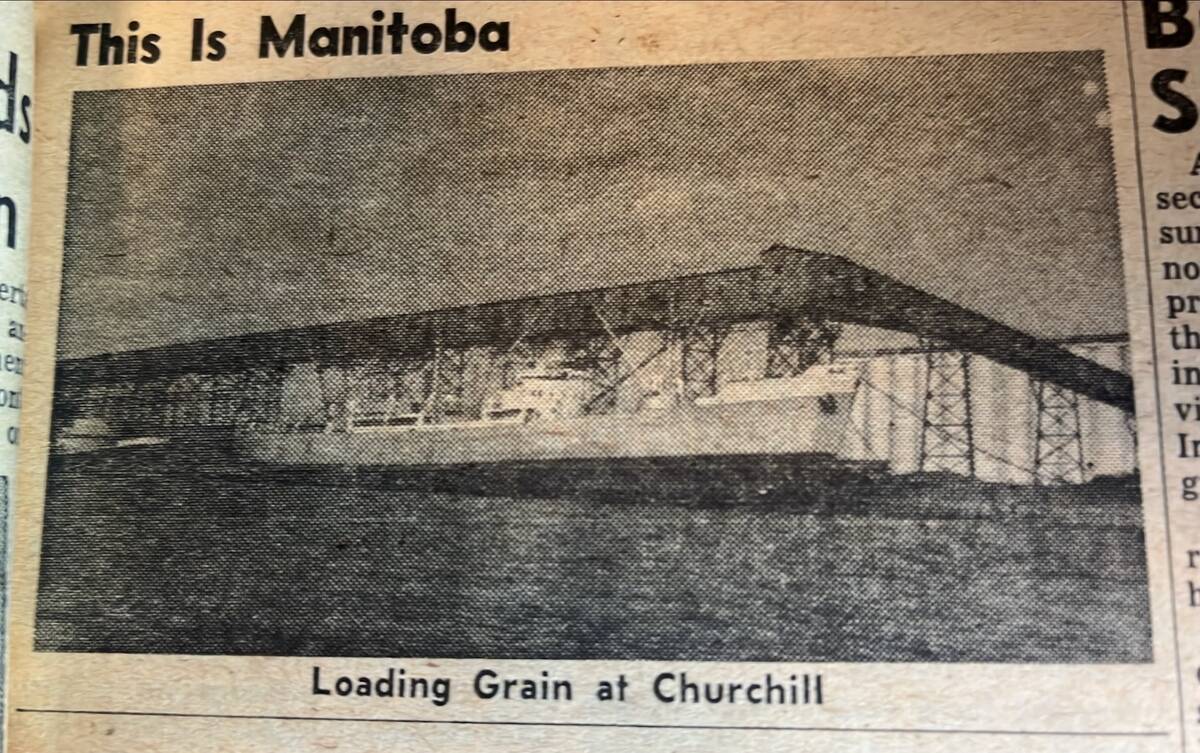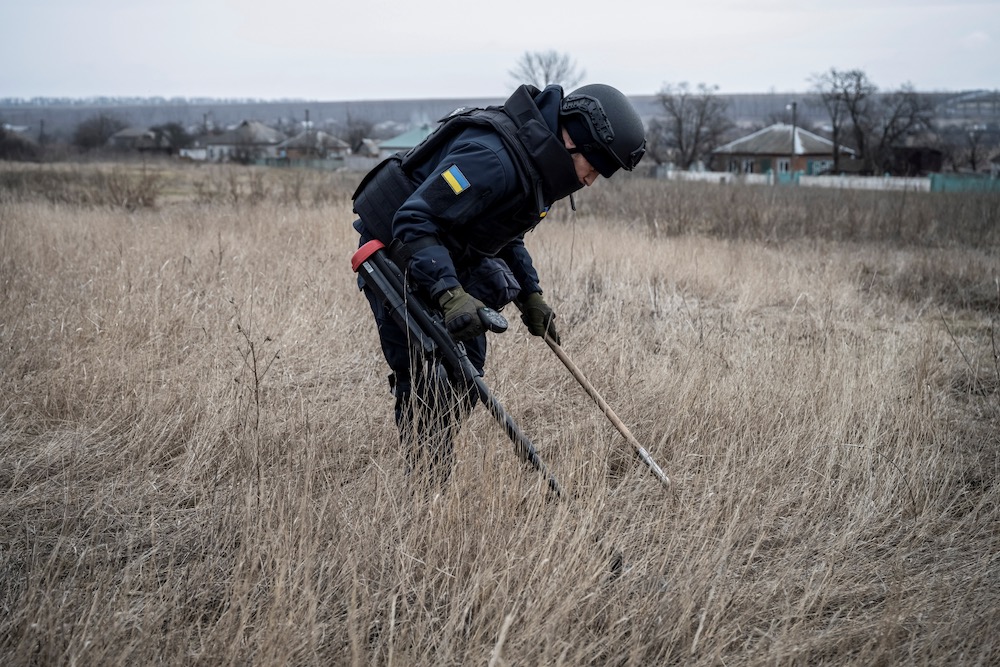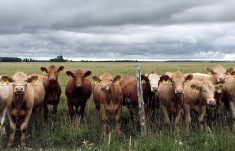The world is once again facing a growing season in the Northern Hemisphere that’s shrouded in uncertainty.
A little uncertainty is nothing new, but over the past few years, things have reached a whole new level.
As you’ll read on pages 6 and 7 of this issue, few unknowns are larger than what’s going to happen in Ukraine this year. More than a year after the illegal Russian invasion of that country, there is no hint of a resolution.
Political scientist Janice Gross Stein, at the recent Canadian Federation of Agriculture annual meeting in Ottawa, noted that one or both sides has to prefer a negotiated solution. And right now, it appears neither have the appetite for that.
Read Also

Calling all Co-operator readers
Hey farmers, we want to hear your Manitoba Co-operator stories: the articles that stuck out, the farm history you watched on our pages.
As she explained it, Vladimir Putin must believe Russia would lose the war before he will come to the table. On the other side of the conflict, the Ukrainian leadership needs to believe the costs to their country will be so great that a negotiated settlement is preferable.
Clearly, Putin doesn’t believe losing the war is possible, and he expects to prevail over time. Meanwhile, Ukraine is preparing for the arrival of new weapons and technology, and seems to be preparing for a major spring offensive.
“As long as both of them are optimistic about what they can achieve on (the) battlefield, this won’t end,” Gross Stein said. “My prediction — but don’t take it to the bank — is that we will be talking about this war this time next year too.”
From an agricultural perspective, that spins out a slew of uncertainty, none greater than the question of just how much crop will be sown in Ukraine, and how much of that crop will be harvested, and then how much will make it to market.
While farmers here are worried about grasshoppers and drought, Ukrainian farmers face enormous challenges and dangers.
As one market analyst observed in the early days of the invasion, market watchers have seen wars come and go but they’ve never before seen one where both combatants were major grain exporters.
As Rod Nickel reports on page 6, farmers in Ukraine are facing everything from unexploded ordinance in their fields to a cash crunch at the bank. Ukraine’s largest agriculture organization predicts a 20 per cent drop in corn acres in the coming season, and that is on top of a 27 per cent drop last season.
Some estimates indicate one-third of arable acres in Ukraine have been mined and must be cleared. The prospect is expensive — as much as US$3,000 an acre — and unavailable, so some farmers are taking a DIY approach. Armed with a bit of professional advice from the few available experts and YouTube videos, they’re undertaking the dangerous job themselves.
With a literal do-or-die attitude like that, it’s hard to believe the farmers of Ukraine won’t plant as much crop as possible. But it’s the ‘possible’ part that’s the enormous unknown this spring.
Are 10 million acres mined and unavailable for farming? Or is it a more manageable 2.5 million acres, as the government of Ukraine contends? Will nearly a million of those acres be cleared in time to plant?
Will just five per cent fewer acres really be planted this spring, or will significantly more acres fall out of production? Will the farmers of Ukraine find a way to make up the more than US$1 billion in funds they’re now lacking to put in their crops?
And even after planting, there are more questions. What will happen between then and harvest? Once harvest is over, will that grain make it to world markets?
It all adds up to a white-knuckle year for global grain production. With this much uncertainty surrounding Ukraine, it’s going to be really important that other production areas pull off a decent crop.
And here there are questions too.
Will the Prairies see another year of decent production? What’s happening now in Latin America? Things don’t look good in Argentina, where extreme heat is affecting soybeans and corn during a critical period.
As you can read in the story on page 7, that’s causing some to describe world grain stocks and production as being pushed into the ‘danger zone,’ where supply and demand are uncomfortably close.
One market watcher describes the situation as “tenuous” and noted that “things have to go right” to avoid a bad situation.
Under circumstances like these, you can’t do much about the things outside your control. But you can manage your own risk and exposure somewhat through marketing and hedging strategies.
Mother Nature might co-operate around the globe and decent harvests may be the order of the day. And the Putin regime may bow to international pressure and ensure Ukrainian grain continues to flow to the world.
But I’m not sure I’d bet the farm on any outcome in a world this volatile.
















